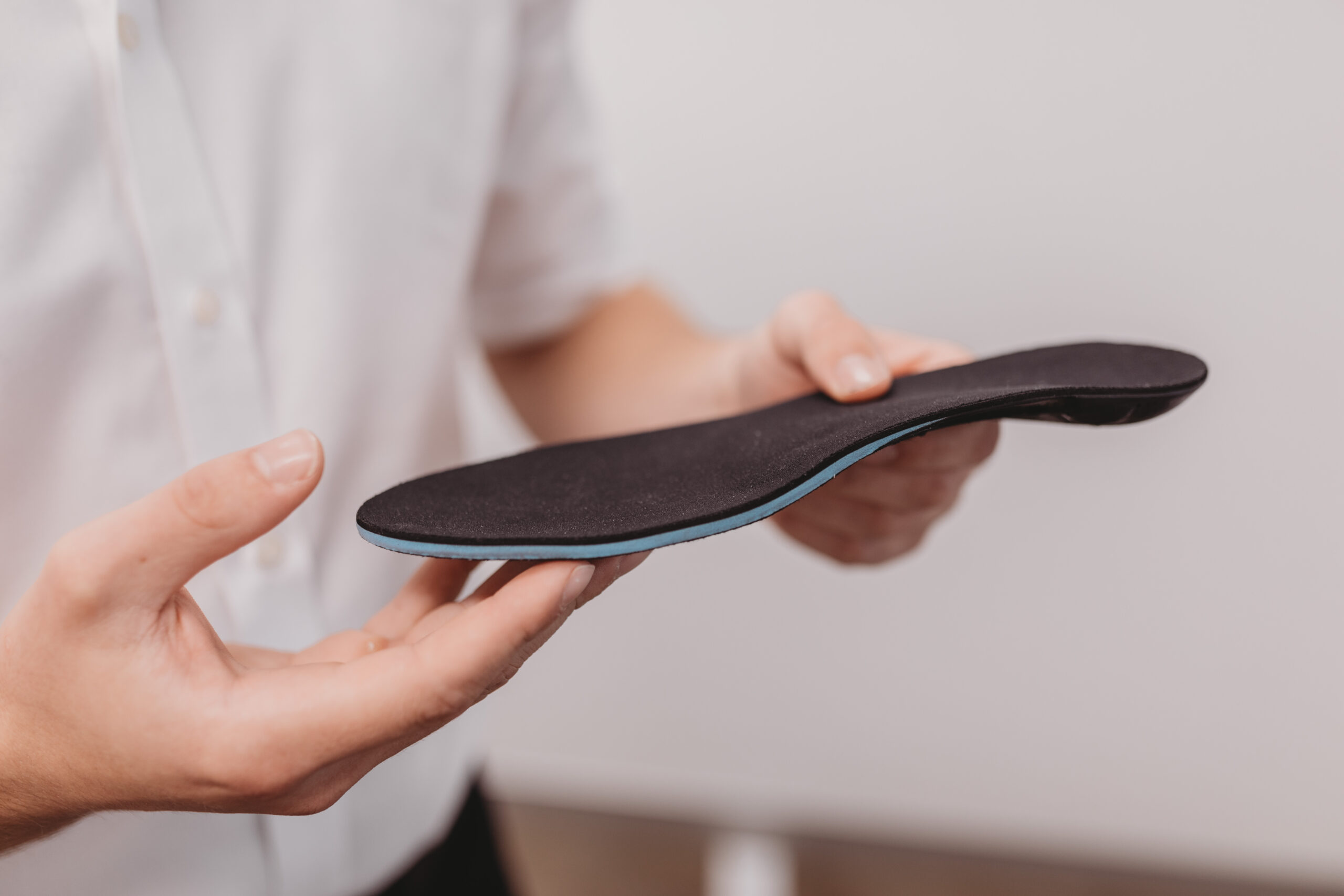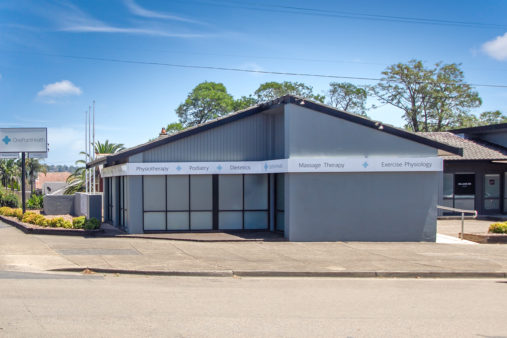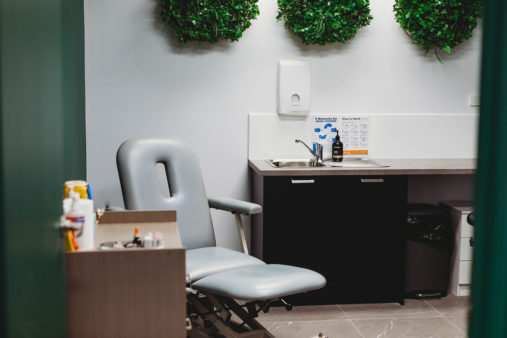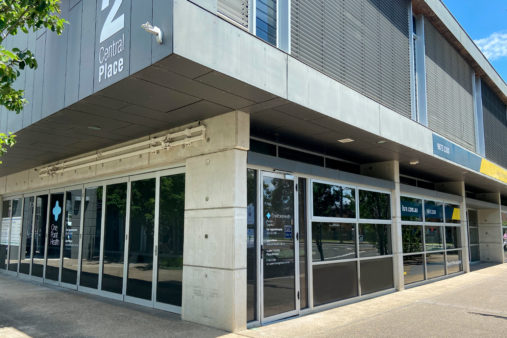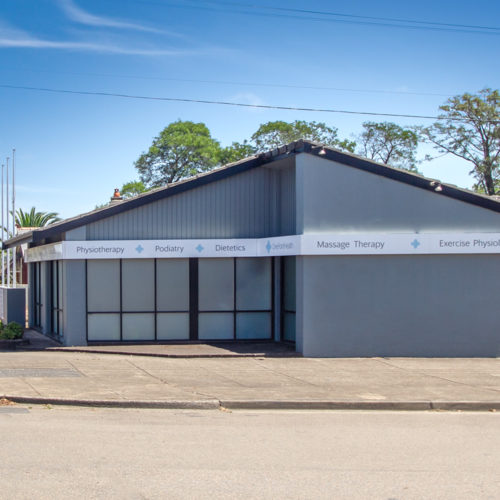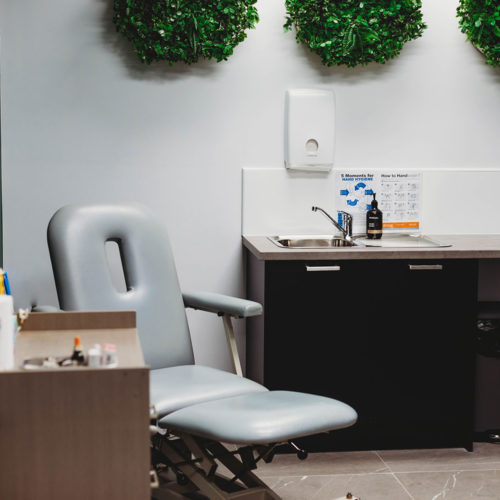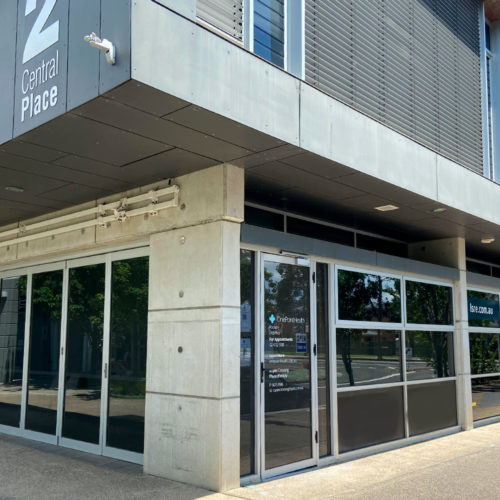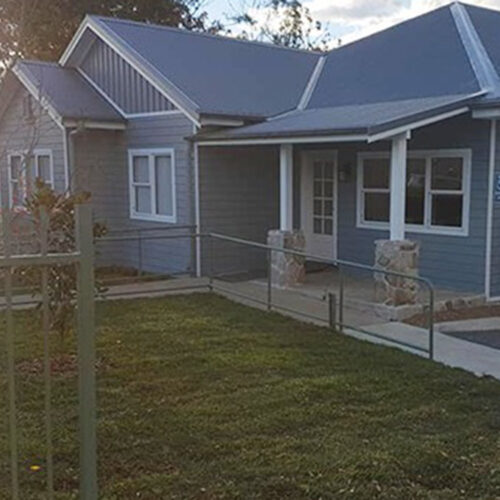Discover the power of orthotic therapy for a pain-free, active lifestyle. Our feet and ankles are complex biomechanical structures that need to perform seamlessly to get us through daily activities. If they’re not functioning properly, it can lead to pain and pathology. Our expert podiatrists can design custom-made orthotics to unload stressed structures and maintain your feet and ankles in a neutral position throughout your gait, providing the support you need for a healthy, active lifestyle.
What is Orthotic Therapy?
Orthotic therapy is a specialized form of medical treatment that focuses on the mechanics of the foot and ankle. It involves the use of custom-made orthotics, or inserts, that are designed to support and realign these complex structures to alleviate pain, prevent injury, and improve overall function.
Our feet and ankles are constantly subjected to a range of demands and impacts as we move throughout the day, whether it’s walking, running, jumping, or simply going about our daily activities. If these structures are not functioning properly, it can result in stress, pain, and even pathological conditions.
Orthotic therapy provides a solution to this problem by addressing the root cause of the biomechanical dysfunction. Using advanced technology and a deep understanding of foot and ankle anatomy and function, our podiatrists can design orthotics that are tailored to your unique needs. Whether you are looking to alleviate pain, prevent injury, or simply improve your performance, orthotic therapy provides an effective and long-lasting solution.
What conditions are normally treated by Orthotic Therapy?
Orthotic therapy can be used to treat a wide range of conditions affecting the feet and ankles, including:
Plantar fasciitis
Pain in the bottom of the foot is often caused by overuse or strain on the plantar fascia, a band of tissue that runs from the heel to the toes.
Overpronation
When the foot rolls inward too much when walking or running, leading to pain and stress on the feet and ankles.
Flat feet
When the arch of the foot is either low or non-existent, leading to discomfort and pain.
Bunions
A bony bump forms on the joint at the base of the big toe, causing pain and discomfort.
Metatarsalgia
Pain in the ball of the foot is often caused by overuse or stress on the bones and joints in the area.
Hallux valgus
A condition in which the big toe deviates toward the second toe, causing pain and discomfort.
Neuromas
An enlarged nerve in the foot is often caused by overuse or repetitive stress.
Shin splints
Pain in the front of the lower leg is often caused by overuse or strain on the muscles and bones in the area.
Who should wear Orthotics?
Orthotics can be worn by anyone who is experiencing discomfort or pain in their feet or ankles, or who wants to improve their overall foot and ankle function. Some common groups of people who may benefit from orthotics include:
Athletes: Athletes who engage in high-impact activities such as running, jumping, and sports can benefit from orthotics to reduce stress and prevent injury.
Elderly individuals: As we age, our feet and ankles can become less supportive and more prone to pain and injury. Orthotics can help to reduce the risk of falls and improve mobility in older individuals.
People with flat feet: Individuals with flat feet can experience discomfort and pain, and orthotics can help to improve the alignment of the feet and reduce stress on the joints.
People with plantar fasciitis: Plantar fasciitis is a common condition that causes pain in the bottom of the foot, and orthotics can help to reduce the strain on the plantar fascia and alleviate pain.
People with foot conditions: Individuals with conditions such as bunions, metatarsalgia, or neuromas can benefit from orthotics to alleviate pain and improve foot function.
Pregnant women: Pregnant women can experience changes in their foot structure due to added weight and pressure, and orthotics can help to reduce discomfort and prevent injury.
It’s important to note that everyone’s feet are different, and the use of orthotics should always be determined by a professional podiatrist. If you’re experiencing discomfort or pain in your feet or ankles, it’s important to seek the advice of a podiatrist to determine if orthotics are right for you.
What is the difference between store-bought in-soles and custom orthotics?
The difference between store-bought insoles and custom orthotics lies primarily in their fit, correction, durability, effectiveness, and cost. Store-bought insoles are designed to fit a general range of shoe sizes and foot shapes and provide basic support and cushioning. However, they may not be effective for treating complex foot conditions and are often made from low-quality materials that wear out quickly.
On the other hand, custom orthotics are moulded to fit an individual’s specific foot shape and arch structure and are designed to correct specific foot problems and biomechanical imbalances. They are made from high-quality materials that are designed to last for several years with proper care and are often a more cost-effective solution in the long term as they provide long-lasting relief from pain and discomfort.
Do you need to get on top of your foot and ankle pain?
Are you experiencing discomfort or pain in your feet or ankles? If so, it may be time to consider orthotic therapy. The best way to determine if orthotics are the right solution for your specific needs is by booking a biomechanical assessment with a professional podiatrist.
During a biomechanical assessment, your podiatrist will carefully examine your feet and ankles and look at how they function during walking, running, and other daily activities. This will help them determine if your feet and ankles are functioning in a sound mechanical position and identify any imbalances that may be contributing to your discomfort or pain.
Book a biomechanical assessment today and take the first step towards a pain-free life. Let a podiatrist help you determine if orthotic therapy is the right solution for you.
